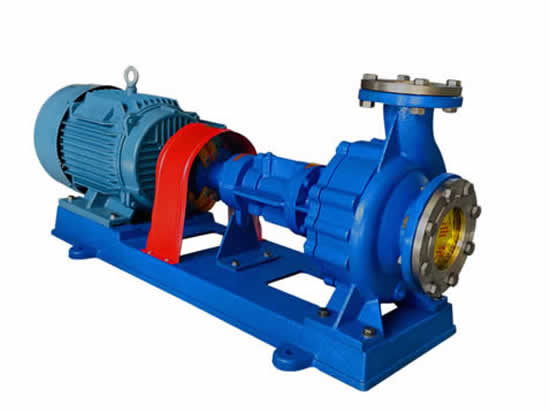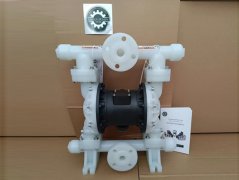Maintenance of self-priming pumps, maintenance of self-priming pumps, methods of maintaining self-priming pumps.
1. Check whether the pipes and joints of the self-priming pump are loose. Turn the self-priming pump manually and try to see if the self-priming pump is flexible.
2. Control the flow and head of the self-priming pump as much as possible in the label.
3. During the operation of the self-priming pump, the bearing temperature cannot exceed the ambient temperature of 35 degrees Celsius.
4. If the self-priming pump is found to make an abnormal sound, stop it immediately and check the cause.
5. When the self-priming centrifugal pump wants to stop, first turn off the gate valve and pressure gauge, and then turn off the motor.
6. When the high-suction self-priming pump is not used for a long time in the cold winter, after stopping, the drain bolt at the lower part of the pump body needs to be unscrewed in order to drain the medium. Prevent freezing and cracking (if it is sewage, please clean the pump room with clean water)
7. Listen carefully to see if the sound of the motor is abnormal. Because the noise in the machine room is loud during operation, you can use auxiliary tools such as a screwdriver or listening stick to paste the two ends of the motor to listen to the sound. If you listen frequently, you can not only find the motor and its drag equipment. Bad vibration can even judge the amount of internal bearing oil, so that corresponding treatments such as adding bearing oil or replacing new bearings can be made in time to avoid motor bearings from lack of oil, dry grinding and blocking, go outside the circle, and burn out the bore.
If the liquid to be transported is corrosive, it is recommended to use stainless steel self-priming pumps or fluoroplastic self-priming pumps.





 +8617731766260/18233754501
+8617731766260/18233754501  fan@saikenpumps.com
fan@saikenpumps.com









 +8617731766260/18233754501
+8617731766260/18233754501 +86-317-8227664
+86-317-8227664
 +8618233754501
+8618233754501